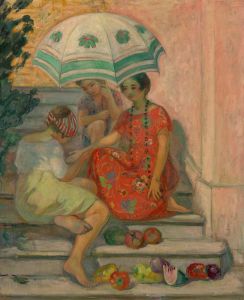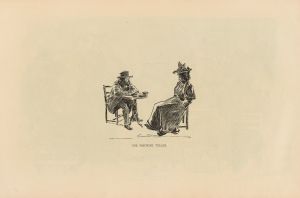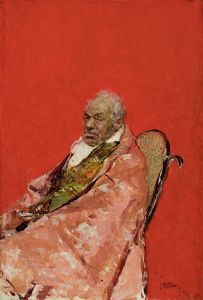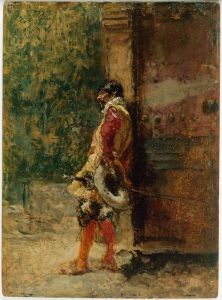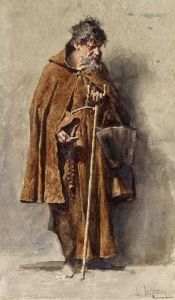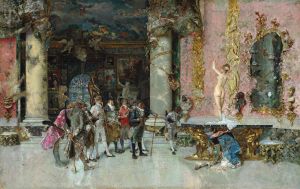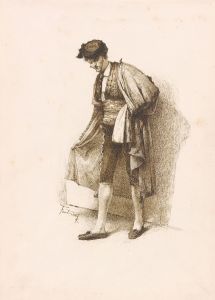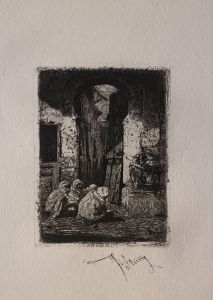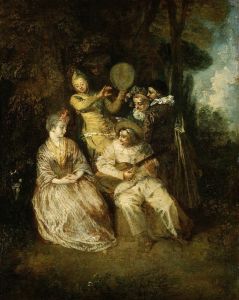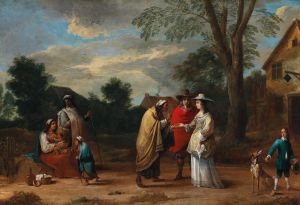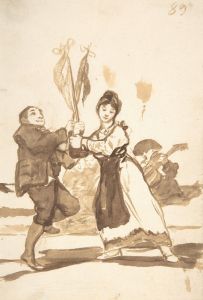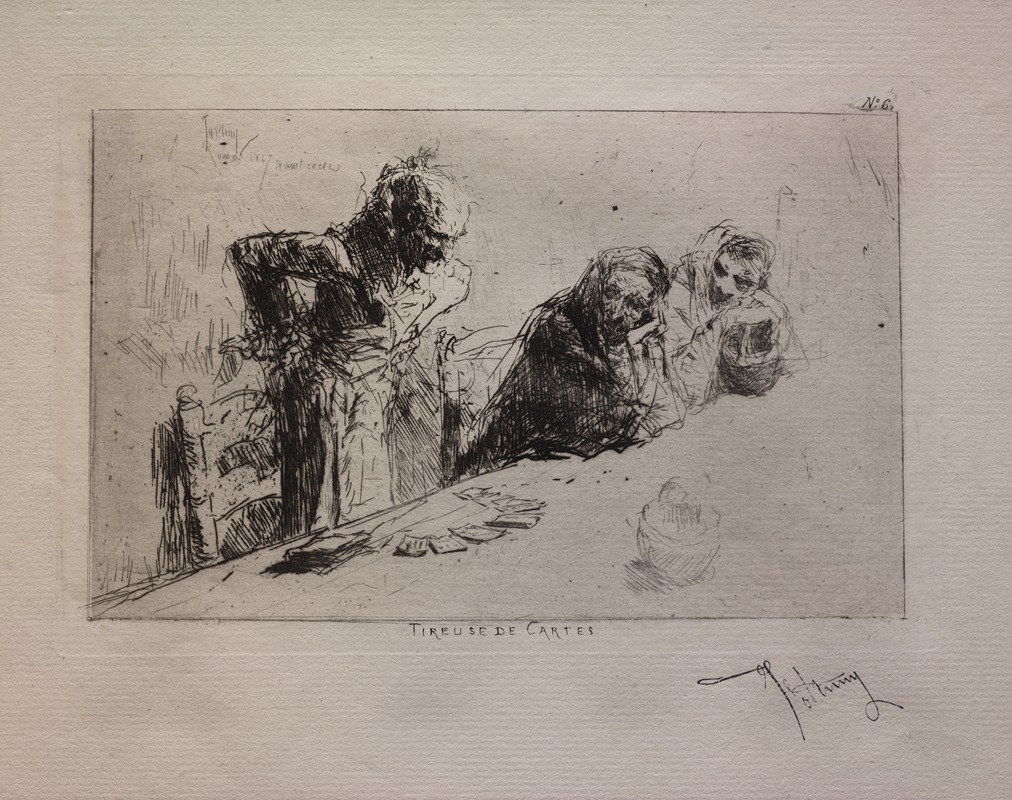
Fortune Teller
A hand-painted replica of Mariano Fortuny Marsal’s masterpiece Fortune Teller, meticulously crafted by professional artists to capture the true essence of the original. Each piece is created with museum-quality canvas and rare mineral pigments, carefully painted by experienced artists with delicate brushstrokes and rich, layered colors to perfectly recreate the texture of the original artwork. Unlike machine-printed reproductions, this hand-painted version brings the painting to life, infused with the artist’s emotions and skill in every stroke. Whether for personal collection or home decoration, it instantly elevates the artistic atmosphere of any space.
Mariano Fortuny Marsal, a prominent Spanish painter of the 19th century, is renowned for his contributions to the Romantic and Orientalist movements in art. One of his notable works is "Fortune Teller," which exemplifies his skill in capturing the nuances of human expression and the intricate details of everyday life.
"Fortune Teller" is a painting that reflects Fortuny's fascination with exotic and culturally rich subjects, a common theme in his body of work. The painting depicts a scene involving a fortune teller, a figure often associated with mystery and the supernatural. This subject matter was popular during the 19th century, as it resonated with the Romantic era's interest in the mystical and the unknown.
Fortuny's technique in "Fortune Teller" showcases his mastery of color and light, elements that he skillfully employed to create depth and realism. His use of vibrant colors and careful attention to detail bring the scene to life, allowing viewers to engage with the narrative and the characters depicted. The composition is carefully arranged to draw the viewer's eye to the central figures, emphasizing the interaction between the fortune teller and her client.
The painting is also notable for its cultural context. During the 19th century, there was a growing interest in Orientalism, which involved the depiction of Eastern cultures through a Western lens. Fortuny, like many of his contemporaries, was influenced by this trend and often incorporated elements of Eastern and North African cultures into his work. "Fortune Teller" reflects this influence, as it captures a scene that could be set in a variety of cultural contexts, adding an element of intrigue and exoticism.
Mariano Fortuny Marsal was born in Reus, Catalonia, in 1838, and he showed an early talent for art. He studied in Barcelona and later in Rome, where he was exposed to the works of the Old Masters and the vibrant art scene of the time. His travels to North Africa and other parts of the Mediterranean greatly influenced his artistic style, as he absorbed the colors, textures, and atmospheres of these regions.
Throughout his career, Fortuny received acclaim for his ability to blend realism with romanticism, creating works that were both technically proficient and emotionally engaging. His paintings often featured detailed depictions of fabrics, architecture, and natural landscapes, demonstrating his keen observational skills and his dedication to capturing the essence of his subjects.
"Fortune Teller" is a testament to Fortuny's artistic vision and his ability to convey complex narratives through his art. The painting remains an important part of his legacy, illustrating his contribution to the Romantic and Orientalist movements and his enduring influence on subsequent generations of artists.
Mariano Fortuny Marsal's work, including "Fortune Teller," continues to be celebrated for its beauty, technical skill, and the unique perspective it offers on the cultures and themes of his time. His paintings are housed in various museums and collections, where they continue to captivate audiences with their rich detail and evocative storytelling.





